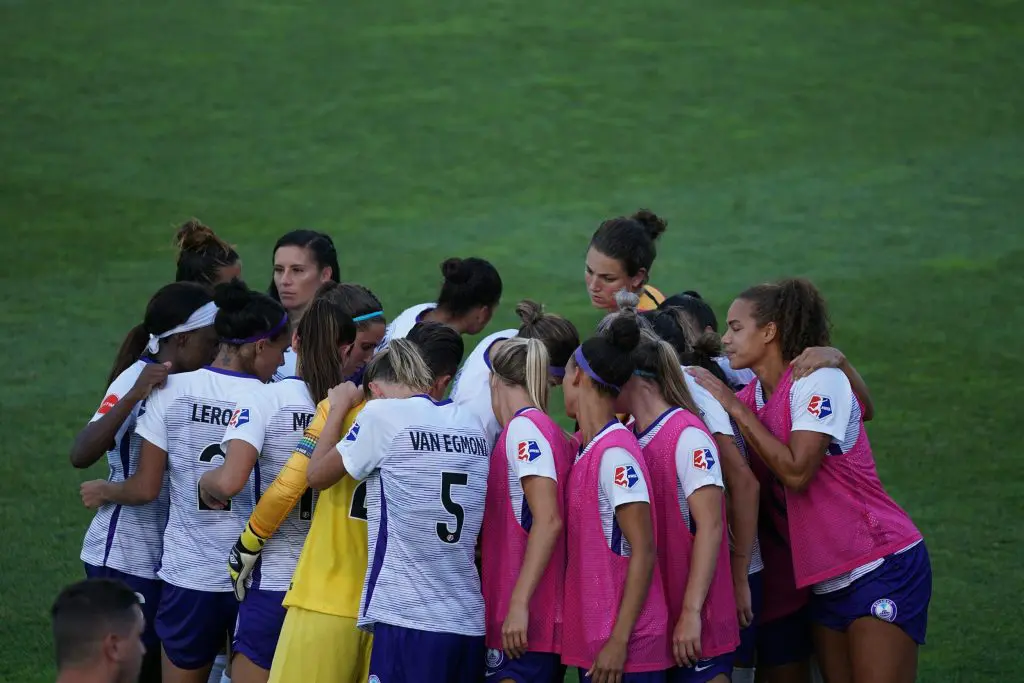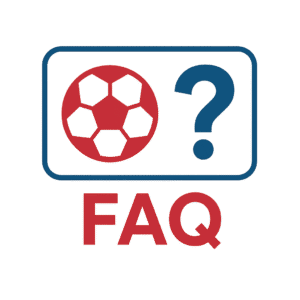The national governing body for all soccer in the U.S., sanctioning leagues, clubs, and organizations at every level from grassroots to professional. Below are the major components.

A key member organization under USSF focused on developing youth clubs and elite competition on a national scale. Manages some of the highest-level youth leagues.
Elite Clubs National League (ECNL): Premier national league for elite boys and girls youth clubs, offering regional and national competition.
National Premier Leagues (NPL): Nationally sanctioned regional leagues providing high-level competition.
Development Player League (DPL): Elite girls’ league emphasizing long-term player development.
Elite Academy League (EAL): Boys’ competition focusing on elite development.
National Academy League (NAL): Emerging pathway league connecting players to MLS Next and elite tiers.
US Club Soccer Player Development Programs (PDP and id2): Identification and development pathways.
The largest nationwide youth soccer organization under USSF, organized through state associations with strong regional reach and developmental programs.
Elite Development Program (EDP): A large regional and national league with multiple competition tiers fostering player development and club competition.
USYS National League: The highest levels of competition within USYS, culminating in national championships.
Olympic Development Program (ODP): Player identification and development for national teams.
State and Local Leagues: Managed by 54 USYS State Associations overseeing club registrations and competitions at all levels.
MLS Next: Operated by Major League Soccer, offering the most elite youth academy competition aligned with pro clubs.
Girls Academy (GA) and Aspire: High-level girls’ leagues focused on development and college exposure, competing alongside ECNL.
American Youth Soccer Organization (AYSO): Focus on inclusive recreation for all skill levels.
Soccer Association for Youth (SAY): Another recreational youth soccer organization.
United Soccer League (USL) Youth and Academy: Provides national competition and professional club pathways outside USYS and US Club Soccer.
There are several paths you can take; choosing one will depend on several factors.
No matter the path/paths you take keep these things in mind:
Below are three pathways to consider as you start to create a development plan for your player.

Player Identification Programs
Programs like USYS’s Olympic Development Program (ODP) and US Club Soccer’s Player Development Program (PDP) and id2 are designed not just to find the best players, but to nurture their growth in a focused environment. The why behind these initiatives is twofold: first, they provide talented players with access to advanced coaching, challenging peers, and resources that accelerate their development; second, they create a clear pathway for selection to higher levels, such as regional and national teams. By identifying potential early and supporting it with structured development, these programs help ensure that promising players don’t fall through the cracks and can reach their full potential regardless of their club or background.
League Structure and Promotion/Relegation
Leagues like the USYS Midwest Conference and USYS Great Lakes Conference use promotion and relegation to keep teams playing at the right level. When teams do well, they move up; if they struggle, they move down. This ensures your child faces the right level of challenge, which is essential for growth and motivation.
When choosing a development pathway, consider whether a league uses this system-it means your player will consistently have meaningful, competitive games, and advancement is based on performance, not just tryouts. This structure helps create a fair, motivating environment for your child to develop and enjoy the game. This already exists in Europe. The USL has a great a great path from youth to pro, and has adopted promotion/relegation. Read about USL Youth/Academy here.


Club-Centric Models
A club-centric model organizes competition so that all teams from one club play against all teams from another club on the same day, often at a single location. This approach allows coaching directors and staff to observe multiple teams at once, promoting consistency in coaching philosophy and player development across age groups. It also builds a sense of community, as younger players can watch older ones and vice versa, and reduces travel stress for families. Ultimately, the club-centric model helps clubs focus on long-term player growth rather than just short-term team results, creating a more holistic developmental environment.
Some examples:
Challenges and Considerations
